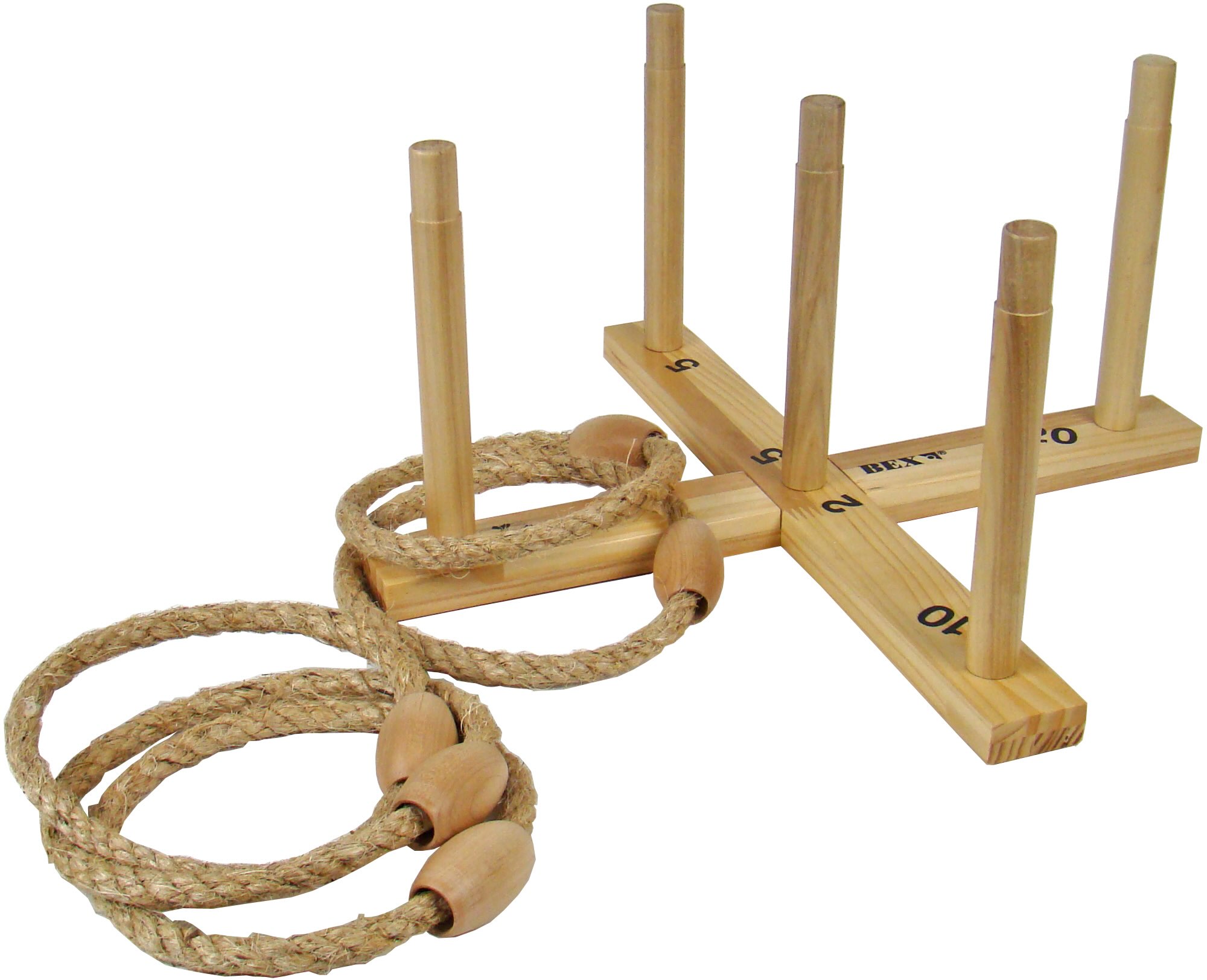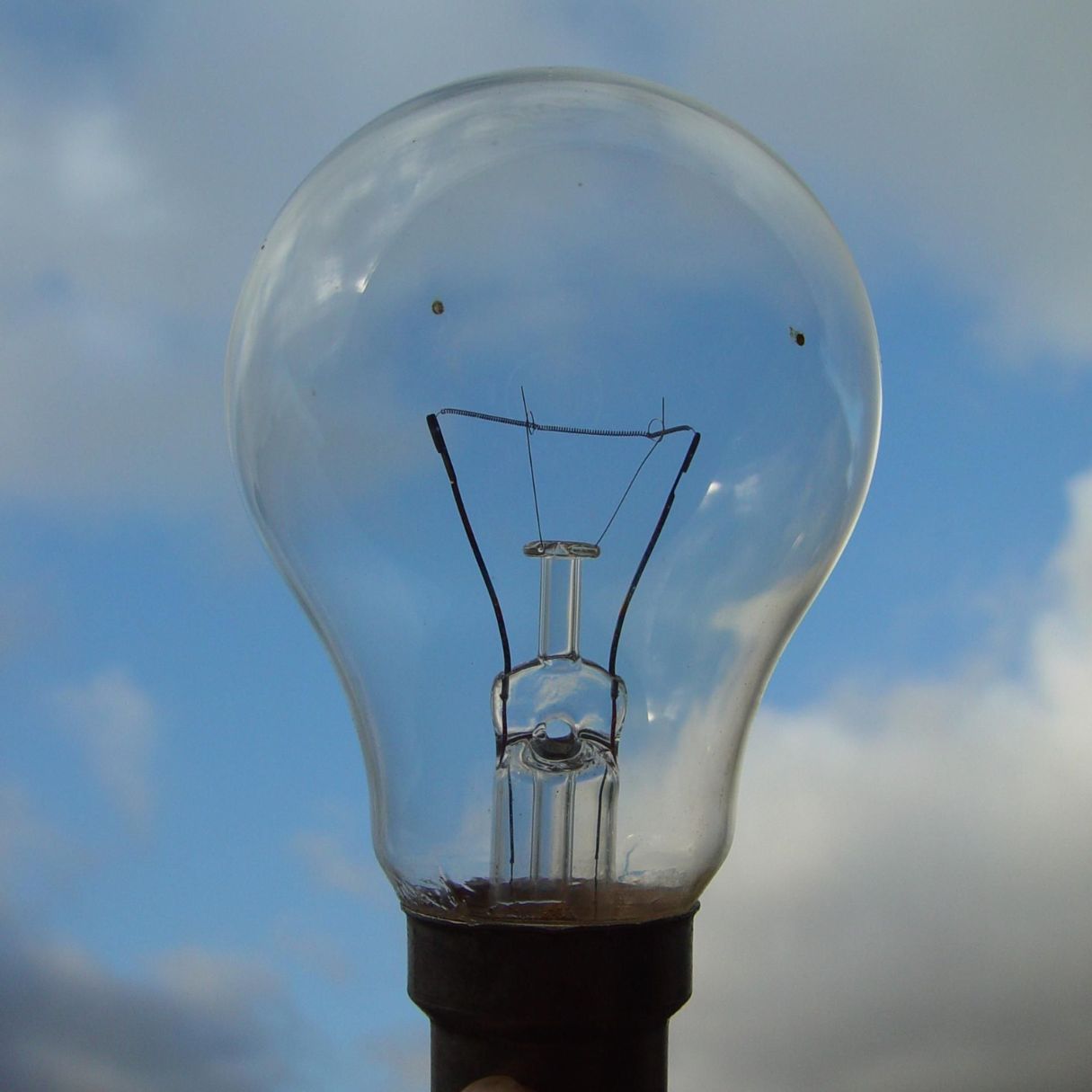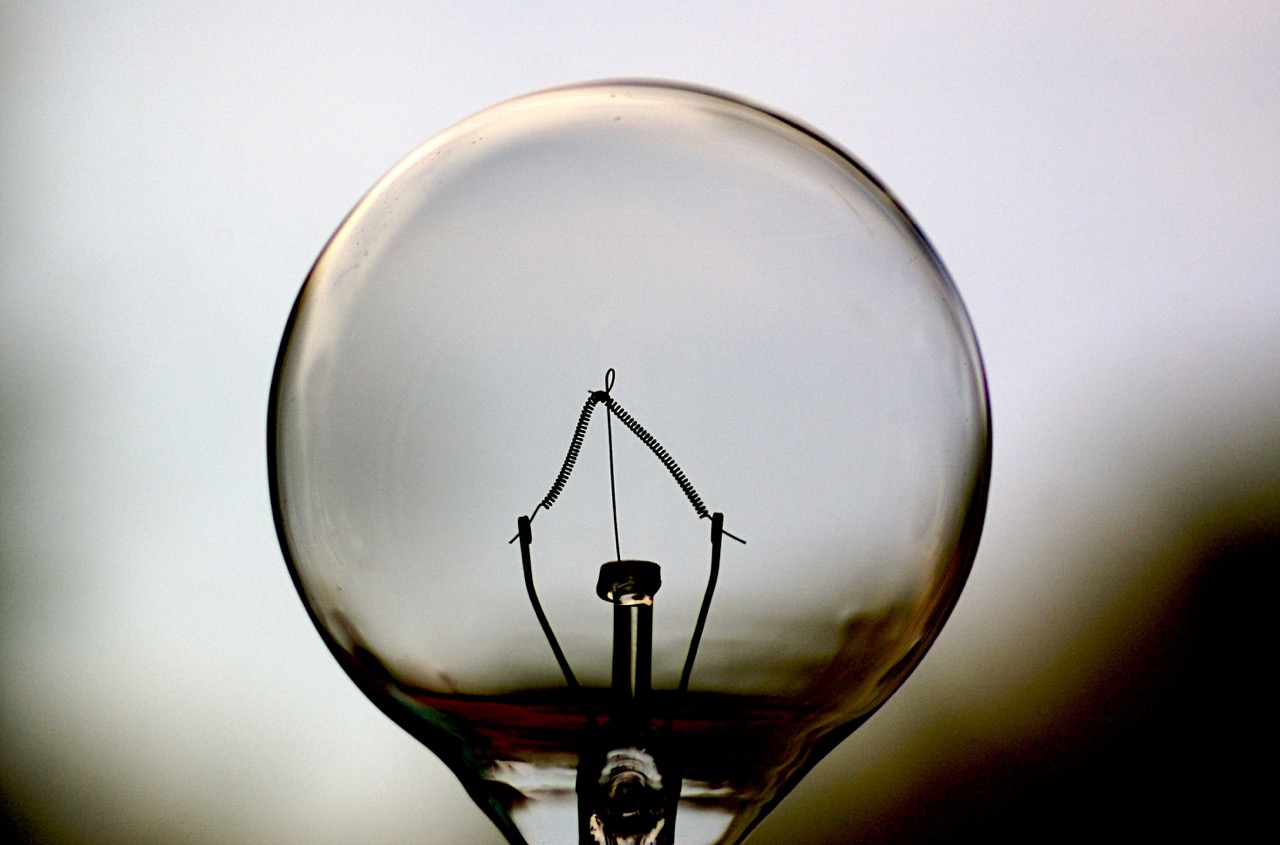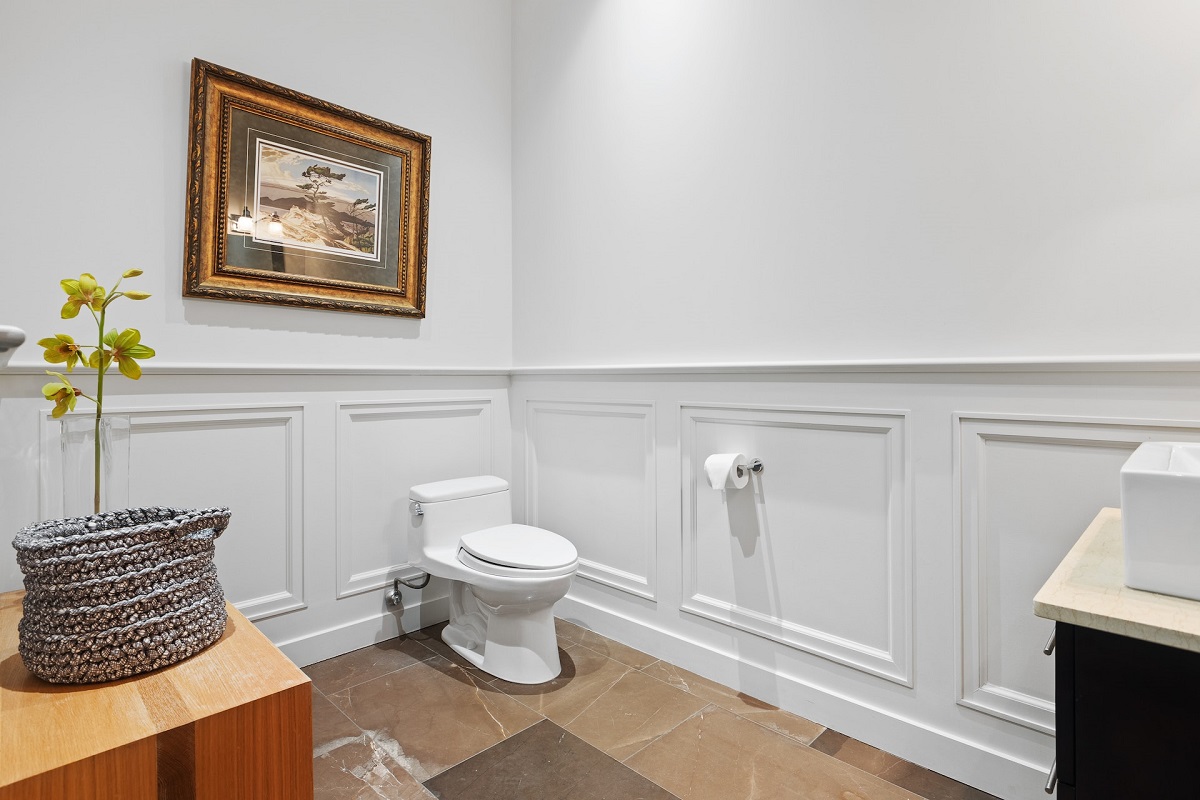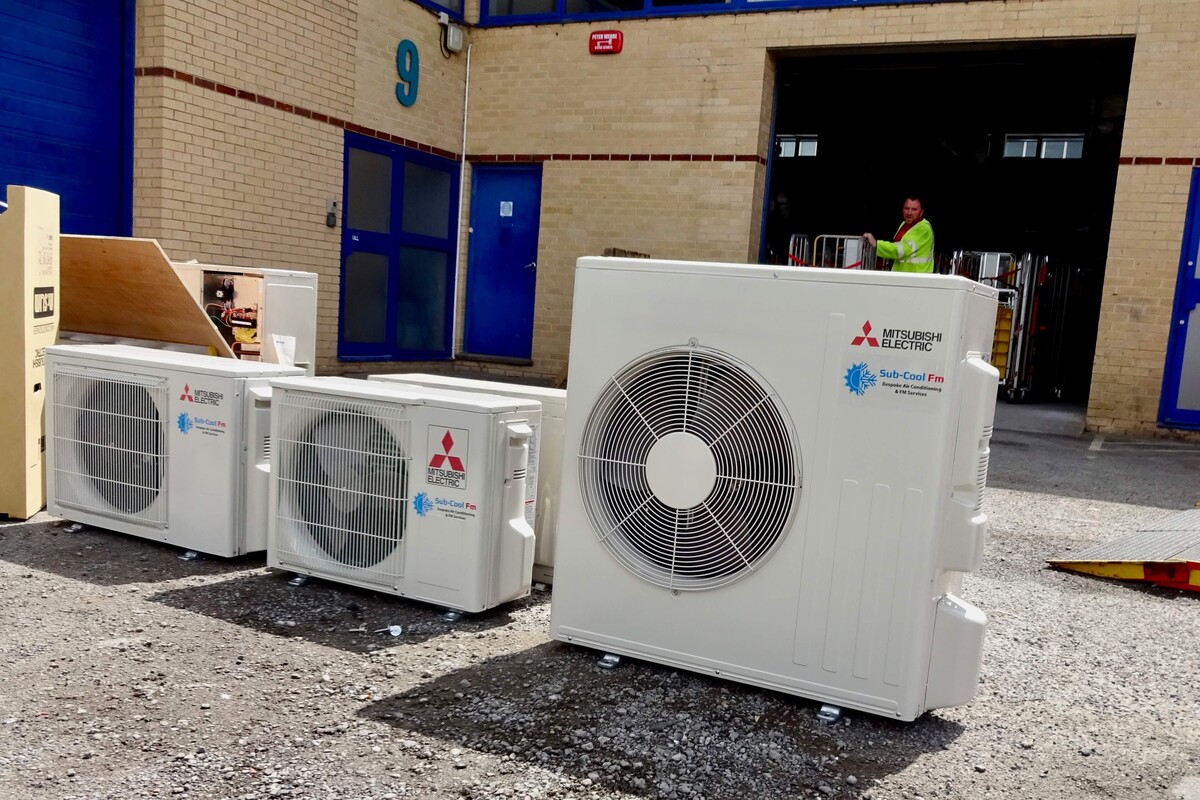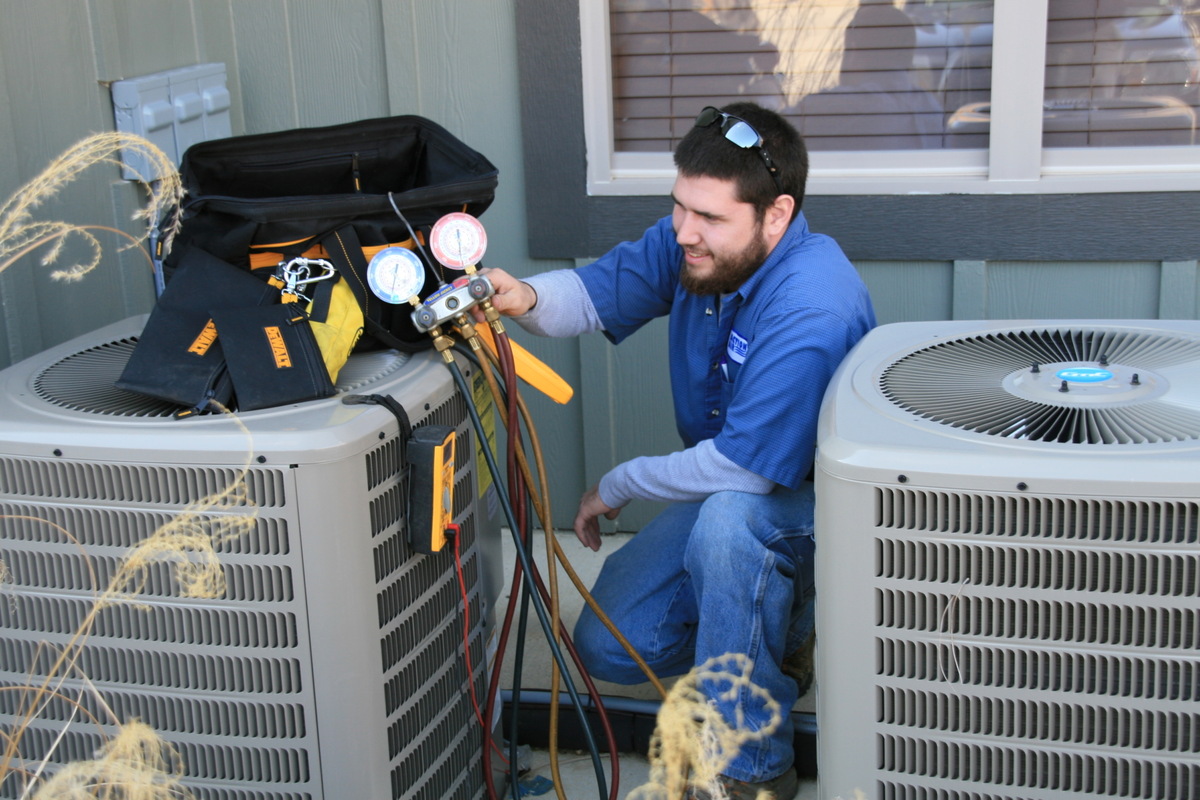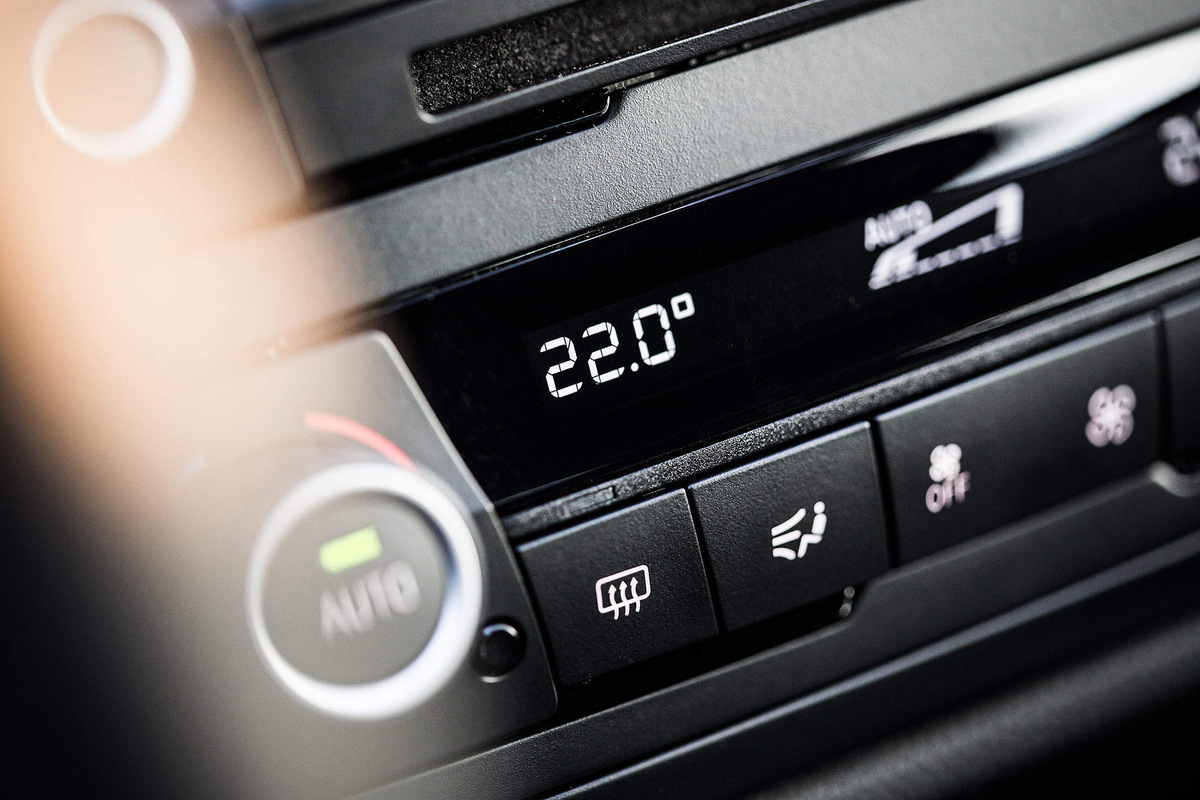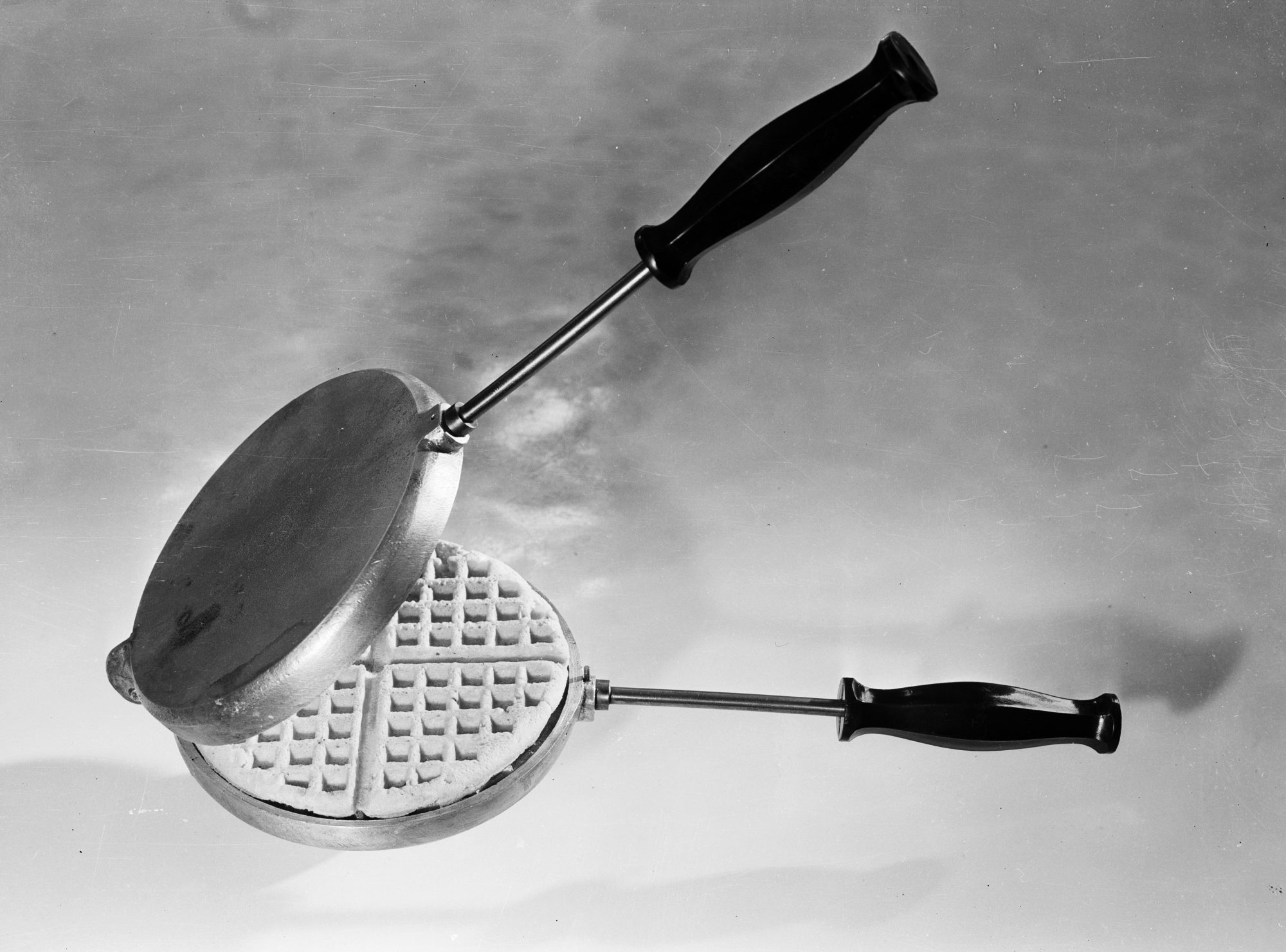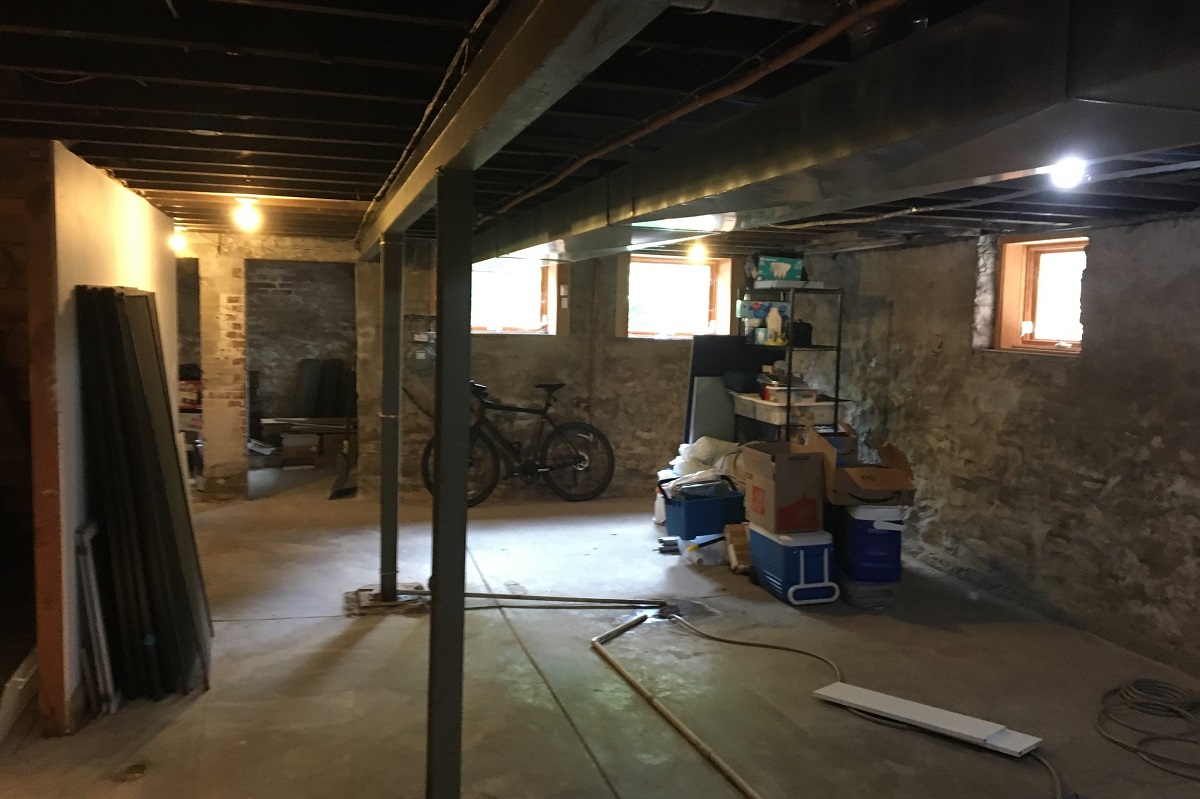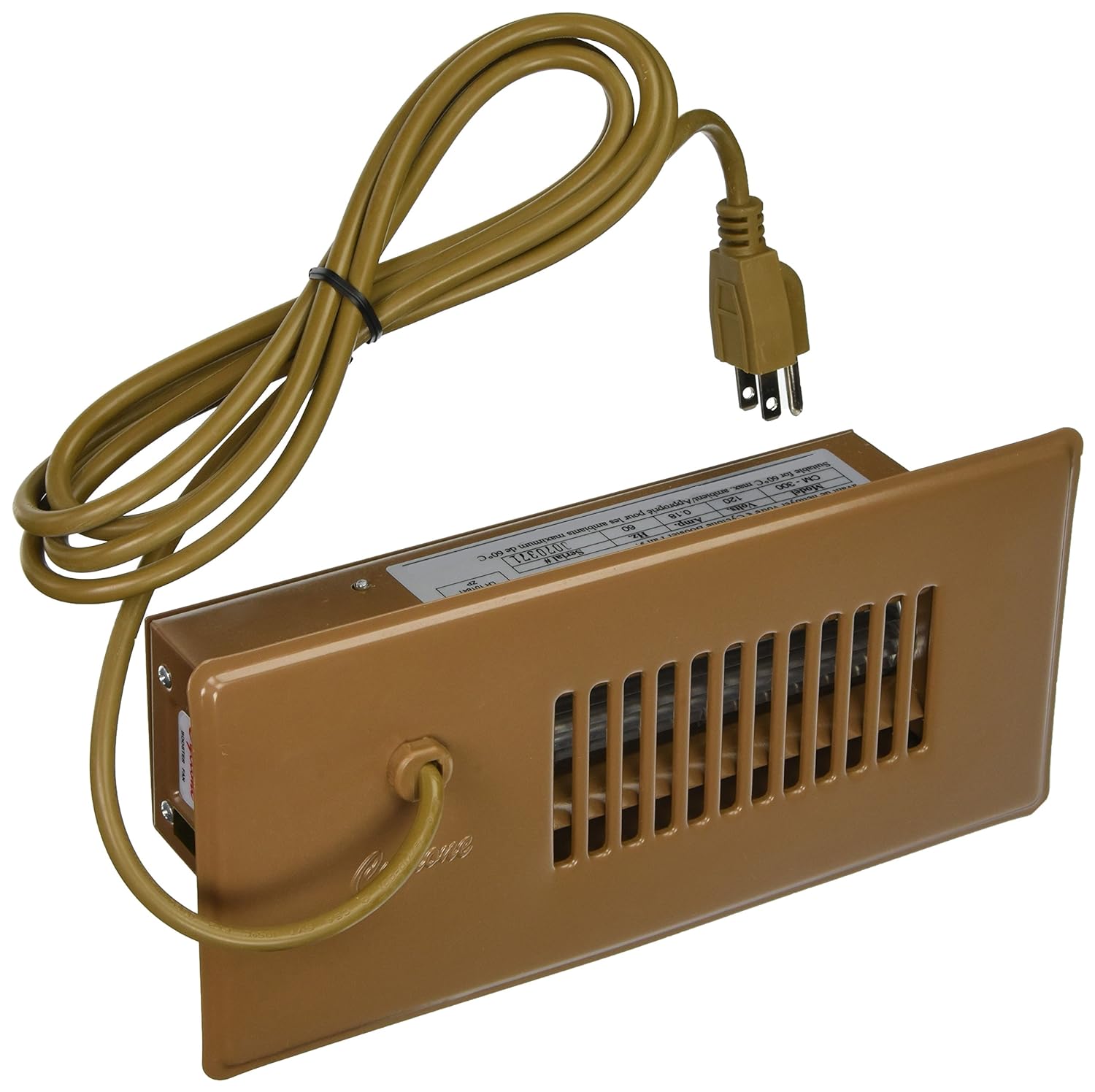Home>Home Maintenance>What Year Was Air Conditioning Invented
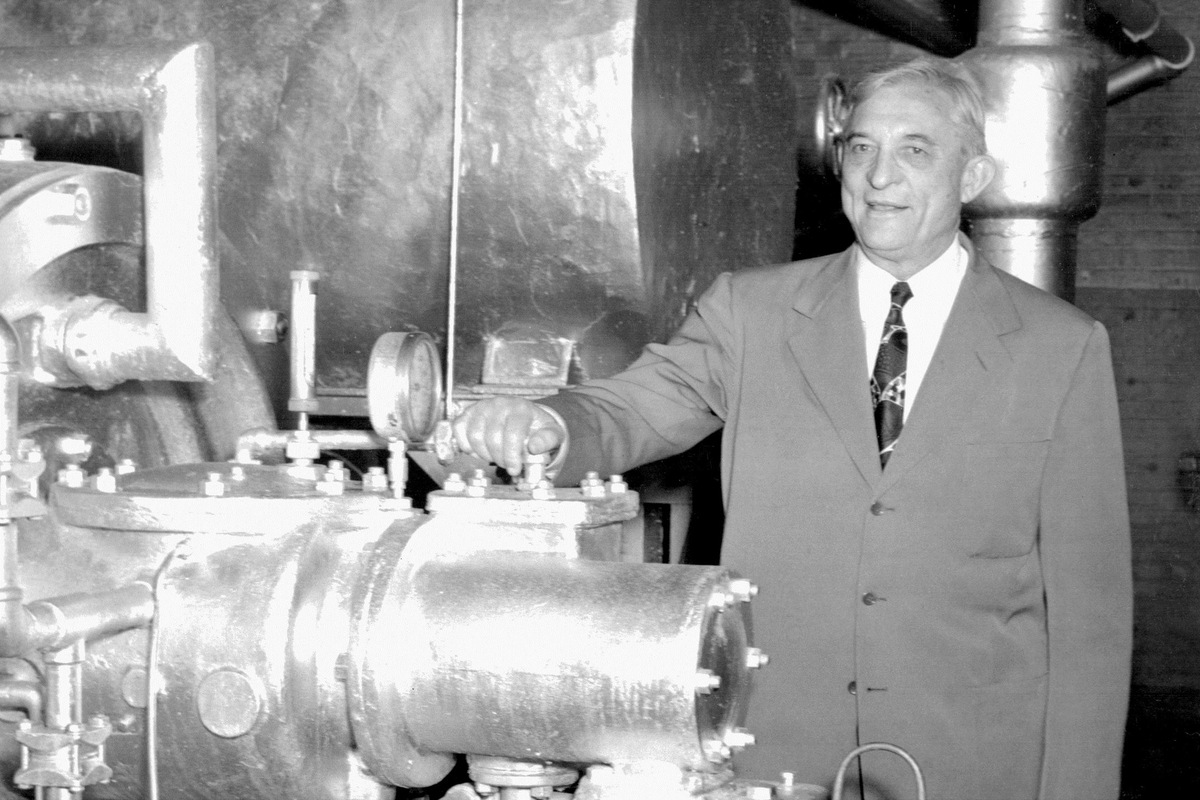

Home Maintenance
What Year Was Air Conditioning Invented
Modified: March 6, 2024
Discover the history of air conditioning and its invention. Learn which year air conditioning was invented and its impact on home maintenance.
(Many of the links in this article redirect to a specific reviewed product. Your purchase of these products through affiliate links helps to generate commission for Storables.com, at no extra cost. Learn more)
Introduction
Welcome to the fascinating world of air conditioning! In today’s modern homes, it’s hard to imagine life without the luxury of cool air on a scorching summer day or the comfort of a cozy, heated environment during winter. But have you ever wondered about the origins of this remarkable invention? When was air conditioning first introduced, and how has it evolved over the years?
In this article, we will take a journey back in time to explore the ancient methods of cooling, delve into the early concepts of air conditioning, and trace the invention of the first modern air conditioning system. We will also discuss how air conditioning became available to the public, the advancements in technology that have shaped the industry, and the profound impact that air conditioning has had on society as a whole.
So sit back, relax, and prepare to learn about the incredible history of air conditioning!
Key Takeaways:
- Air conditioning was invented by Willis Carrier in 1902, revolutionizing indoor comfort and shaping modern society’s way of living and working.
- Ancient cooling methods laid the groundwork for modern air conditioning, which has evolved to be more energy-efficient, intelligent, and environmentally friendly.
Read more: What Year Was Toilet Paper Invented
Ancient Methods of Cooling
Long before the invention of modern air conditioning, people had to rely on creative methods to keep cool in hot climates. Across different cultures and civilizations, ingenious techniques were developed to combat the sweltering heat.
In ancient Egypt, for example, Egyptians would hang wet reeds in windows or use porous clay pots filled with water to cool the air as it evaporated. The ancient Romans were known to circulate aqueduct water through the walls of their homes to provide a cooling effect. In the Middle East, architecture played a crucial role in keeping interiors cool, with buildings designed with high ceilings, courtyards, and wind towers to promote airflow and ventilation.
Other cultures, such as the Persians and the Greeks, would harness the power of water in their pursuit of cooling. Pioneering the concept of evaporative cooling, they would drape wet cloths over windows or use water-filled urns to create a humid environment that would lower the temperature.
While these ancient methods provided some relief from the heat, they were limited in their effectiveness and required significant effort and resources. However, they laid the groundwork for the advancement of air conditioning technology that would eventually revolutionize the way we cool our homes and buildings.
The Early Concepts of Air Conditioning
The concept of air conditioning as we know it today began to take shape in the 18th and 19th centuries. Inventors and scientists began exploring ways to artificially manipulate the temperature and humidity of indoor environments.
One notable figure in the early development of air conditioning is Benjamin Franklin. In the 1750s, Franklin conducted experiments involving the evaporation of volatile liquids, such as ether, which he believed could cool objects. While his experiments did not lead directly to the invention of air conditioning, they contributed to our understanding of evaporation and its cooling effects.
Another significant milestone occurred in 1820 when the British inventor Michael Faraday discovered the principles of compression and expansion of gases. This laid the foundation for the development of mechanical refrigeration systems, which would later be integral to air conditioning technology.
Fast forward to the mid-19th century, and we find Dr. John Gorrie, an American physician, who made great strides in air conditioning development. Seeking relief for patients suffering from tropical diseases, Gorrie invented a machine that used compression to create ice, ultimately leading to the cooling of air. While his machine was not widely adopted during his lifetime, it planted the seed for future inventors.
One of those inventors was Willis Carrier, widely regarded as the father of modern air conditioning. In 1902, Carrier designed the first electrical air conditioning system for a printing plant in New York. His invention controlled both temperature and humidity, revolutionizing not only the printing industry but also subsequent applications in commercial and residential settings.
These early innovators laid the groundwork for the era of modern air conditioning, propelling us forward into a world where comfort and controlled environments would become the norm.
The Invention of the First Modern Air Conditioner
The invention of the first modern air conditioner can be attributed to Willis Carrier, who introduced his groundbreaking system in 1902. Carrier’s invention marked a turning point in the history of air conditioning, as it was the first device capable of controlling both temperature and humidity.
Carrier’s invention came about when he was approached by the Sackett-Wilhelms Lithographing and Publishing Company in Brooklyn, New York. The company was struggling with issues related to temperature and humidity, which were affecting the quality of their paper and causing problems with the printing process. Recognizing the need for a solution, Carrier set out to design a system that could maintain stable conditions within the facility.
After extensive research and experimentation, Carrier developed a system that relied on a series of coils and fans to regulate the air. This system, known as the “Apparatus for Treating Air,” used a process called refrigeration to cool the air by passing it over a cold coil and removing moisture.
Carrier’s invention was a remarkable breakthrough, and its impact went far beyond the printing industry. It transformed the way we live and work, making it possible to control the indoor climate and create comfortable environments even in the harshest weather conditions.
Following the successful implementation of his system at the Sackett-Wilhelms Lithographing and Publishing Company, Carrier went on to establish the Carrier Engineering Corporation. The company focused on refining and improving air conditioning technology, leading to further advancements in the industry.
Today, Carrier’s invention serves as the basis for modern air conditioning systems used in a wide range of applications, from residential homes to commercial buildings, hospitals, and even vehicles. It has become an essential aspect of our daily lives, providing comfort, improving productivity, and enabling technological advancements that would not be possible without controlled indoor environments.
The first modern electrical air conditioning unit was invented in 1902 by Willis Haviland Carrier.
Air Conditioning Becomes Available to the Public
After the invention of the first modern air conditioner by Willis Carrier, the technology slowly began to make its way into public spaces and homes. However, it was not an immediate sensation, and it took several decades for air conditioning to become more widely accessible.
Initially, air conditioning was primarily installed in large-scale industrial and commercial buildings, such as department stores, movie theaters, and offices. These establishments recognized the value of providing a comfortable, climate-controlled environment for their customers and employees.
As the demand for air conditioning grew, innovations in technology and manufacturing processes made it more practical and affordable for residential use. In the 1930s, window units, also known as room air conditioners, were introduced. These compact units were designed to fit into windows, allowing individual rooms to be cooled. While they were not as efficient as central air conditioning systems, they provided a more affordable option for homeowners.
The popularity of air conditioning continued to rise in the following decades, particularly in regions with hot climates. As technology advanced, central air conditioning systems became more prevalent in new home construction, offering homeowners the convenience of whole-house cooling.
The 1950s saw a significant surge in the adoption of air conditioning in residential settings. Advances in manufacturing and mass production made it more affordable, and the post-war economic boom provided more households with the means to invest in this luxury.
In the years that followed, air conditioning became a staple in American homes. It transformed not only the way people lived but also influenced architectural design. Architects and builders started incorporating air conditioning into their plans, leading to the rise of well-insulated homes with efficient cooling systems.
Today, air conditioning is not only a common feature in homes but also a standard requirement in commercial buildings, schools, hospitals, and vehicles. It has become an integral part of modern life, providing comfort, improving productivity, and even playing a role in safeguarding public health during heatwaves.
As technology continues to advance, we can expect further improvements in air conditioning systems, including increased energy efficiency and the integration of smart technologies. The availability and accessibility of air conditioning have come a long way since its inception, and it will undoubtedly continue to enhance our lives in the years to come.
Read more: What Year Was The Refrigerator Invented
Advancements in Air Conditioning Technology
Since its inception, air conditioning technology has undergone significant advancements, improving efficiency, performance, and overall user experience. These advancements have transformed the way we cool and heat our indoor spaces and continue to shape the industry today.
One of the major advancements in air conditioning technology is the development of more energy-efficient systems. As concerns about environmental impact and energy consumption grew, manufacturers focused on improving the efficiency of air conditioning units. This led to the introduction of technologies such as variable speed compressors, intelligent thermostats, and advanced insulation materials, all aimed at reducing energy usage and lowering utility costs.
Another notable advancement is the integration of smart technology into air conditioning systems. With the rise of the Internet of Things (IoT), air conditioners can now be connected to smart home devices and controlled remotely through mobile applications. This allows homeowners to adjust settings, monitor energy usage, and even receive maintenance alerts from anywhere, providing greater convenience and control over the cooling and heating of their spaces.
Furthermore, advancements in air filtration and purification have greatly improved the quality of indoor air. Air conditioning systems now incorporate advanced filters, such as HEPA (High-Efficiency Particulate Air) filters, which can capture a high percentage of airborne particles and allergens. Additionally, some units feature built-in air purifiers that use technology like UV-C light to eliminate bacteria, viruses, and other harmful microorganisms.
In recent years, the development of environmentally friendly refrigerants has been a significant focus in air conditioning technology. Traditional refrigerants, such as chlorofluorocarbons (CFCs), had a negative impact on the ozone layer. As a result, alternative refrigerants with lower environmental impact, such as hydrofluorocarbons (HFCs) and hydrofluoroolefins (HFOs), have been introduced. Furthermore, efforts are being made to transition towards natural refrigerants like carbon dioxide (CO2) and propane, which have a minimal global warming potential.
Advancements in air conditioning technology have also led to improved comfort features. Systems equipped with zoning capabilities allow different areas of a building or home to be independently controlled, ensuring personalized comfort and energy efficiency. Additionally, advancements in noise reduction technology have made air conditioning units quieter, providing a more peaceful and relaxing environment.
As technology continues to evolve, we can expect further advancements in air conditioning systems. The focus will continue to be on improving energy efficiency, integrating smart technologies, enhancing air quality, and incorporating sustainable refrigerants. These advancements will not only provide greater comfort and convenience but also contribute to a more sustainable and environmentally friendly future.
The Impact of Air Conditioning on Society
Air conditioning has had a profound impact on society, transforming the way we live, work, and interact with our environments. Its widespread adoption has shaped our modern lifestyles and has had both positive and negative effects on various aspects of society.
One of the most significant impacts of air conditioning is its influence on human comfort and well-being. In hot and humid climates, air conditioning provides relief from extreme temperatures, creating comfortable living and working conditions. This has improved productivity in workplaces, allowed for better sleep and relaxation at home, and contributed to overall better physical and mental health.
Alongside the improvement in comfort, air conditioning has also had a significant influence on architectural design and urban planning. The ability to control indoor climate has led to the development of larger and taller buildings with sealed windows, as reliance on natural ventilation became less critical. Skyscrapers, shopping malls, and other structures with extensive air conditioning systems have become common features of modern cities.
Furthermore, air conditioning has played a crucial role in shaping social and cultural activities. Movie theaters, shopping centers, museums, and other public spaces are now able to operate year-round, irrespective of the external climate. This has facilitated the growth of the entertainment and tourism industries, enabling people to enjoy various activities regardless of the weather conditions.
On the flip side, the widespread use of air conditioning has led to increased energy consumption and environmental concerns. Cooling buildings and homes accounts for a significant portion of electricity usage, contributing to greenhouse gas emissions and climate change. Additionally, the reliance on air conditioning has led to the development of urban heat islands, where cities experience significantly higher temperatures than surrounding rural areas, due to the cumulative effect of air conditioning units.
The availability of air conditioning has also impacted energy affordability and equity. In regions with extreme climates, air conditioning can be essential for survival during heatwaves. However, the increased demand for cooling can strain electricity grids and lead to energy shortages or high energy costs, disproportionately affecting lower-income households who may struggle to afford air conditioning.
Despite the challenges, air conditioning has undoubtedly improved the quality of life for many people and has become an integral part of modern society. Efforts are being made to address its environmental impact, such as the development of energy-efficient systems and the use of sustainable refrigerants. Advances in technology will continue to shape the future of air conditioning, striking a balance between comfort, energy efficiency, and environmental stewardship.
Conclusion
Air conditioning has come a long way since its ancient roots, evolving into a technology that has revolutionized the way we cool and heat our indoor spaces. From the inventive methods of the past to the invention of the first modern air conditioner by Willis Carrier, air conditioning has become an integral part of our daily lives.
Through advancements in technology, air conditioning has become more energy-efficient, intelligent, and environmentally friendly. It has provided comfort, improved productivity, and transformed architectural design. The availability of air conditioning has allowed for the operation of various social and cultural activities year-round, enhancing our quality of life.
However, the widespread adoption of air conditioning has also brought about challenges. It has contributed to increased energy consumption, environmental concerns, and energy affordability disparities. Efforts are being made to address these challenges, focusing on improving energy efficiency, integrating smart technologies, and developing sustainable refrigerants.
As we look to the future, air conditioning will continue to evolve and shape the way we interact with our indoor environments. Advances in technology will drive further improvements in energy efficiency, air quality, and user experience. Balancing comfort, sustainability, and affordability will be key in ensuring that air conditioning remains a vital component of our modern society.
So the next time you enjoy the cool embrace of an air-conditioned room on a hot summer day or revel in the warmth of a cozy heated environment in the winter, take a moment to appreciate the rich history and remarkable advancements that have made this possible.
Air conditioning has not only made our lives more comfortable but has also sparked innovation, transformed industries, and shaped the world we live in, leaving an indelible mark on society for generations to come.
Frequently Asked Questions about What Year Was Air Conditioning Invented
Was this page helpful?
At Storables.com, we guarantee accurate and reliable information. Our content, validated by Expert Board Contributors, is crafted following stringent Editorial Policies. We're committed to providing you with well-researched, expert-backed insights for all your informational needs.

